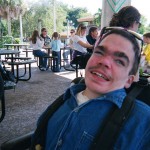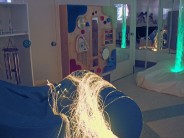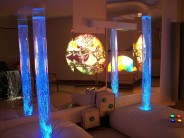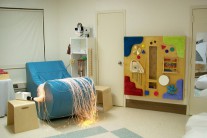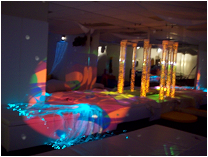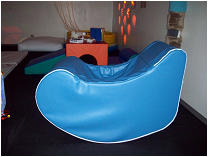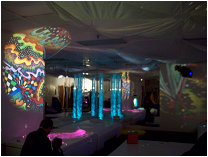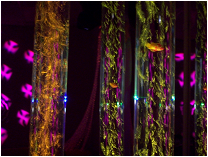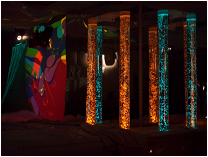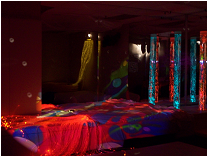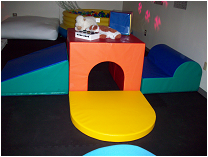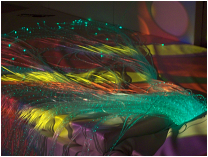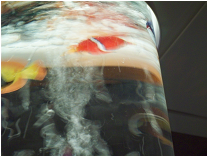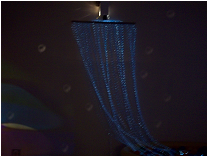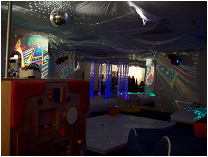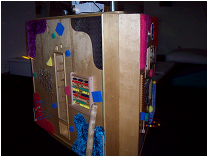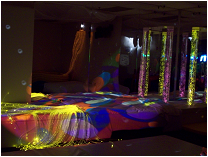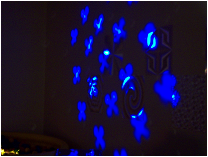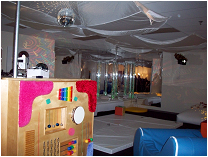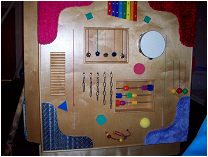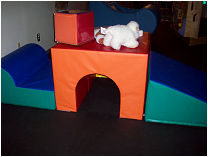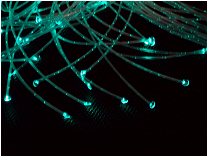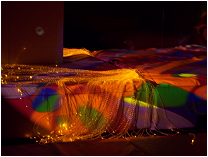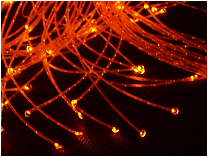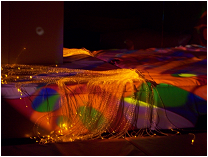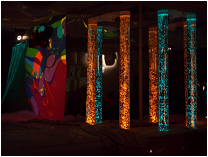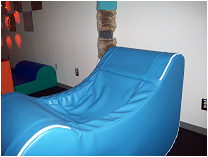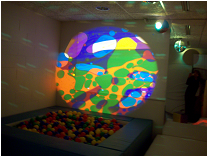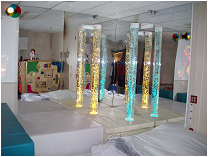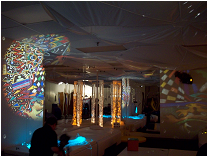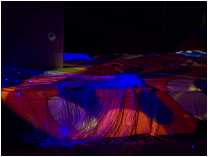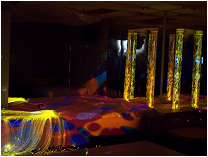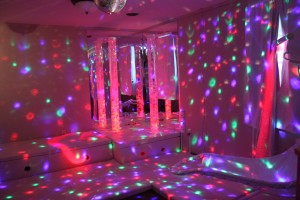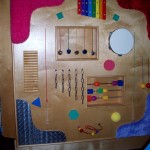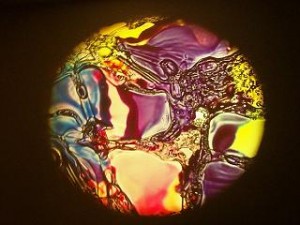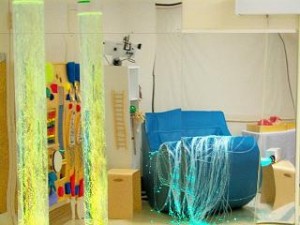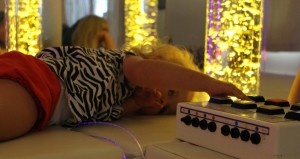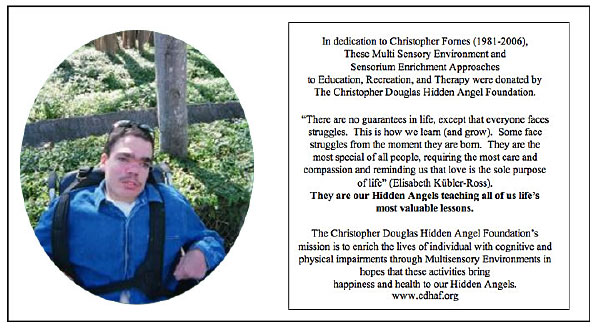“There are no guarantees in life, except that everyone faces struggles. This is how we learn (and grow). Some face struggles from the moment they are born. They are the most special of all people, requiring the most care and compassion and reminding us that love is the sole purpose of life.”– Elisabeth Kübler-Ross
These are our Hidden Angels – teaching all of us life’s most valuable lessons.
Multi Sensory Environments: A Short History
The theory around the positive affects of Multi Sensory Environments originated with two American psychologists, Cleland and Clark, in 1966. These psychologists promoted the possibilities of improving development, communication and behavioral changes and relationships of individuals with developmental cognitive impairments, hyperactivity and autism through stimulation of the senses.
Cleland and Clark referred to “Sensory Cafeterias” as appropriately-arranged rooms where individual with cognitive impairments could experience different sensations of sight, sound, smell and touch, in order to stimulate the senses.
Cleland and Clark – 1966
Sensory Cafeterias
To advance individuals with cognitive and behavioral impairments
Verheul & Hulsegge (Netherlands) – 1970
MSE
To enrich the living and life of individuals with sever cognitive impairments and disabilities
AAMSE – 2006
Benefiting every age and targets individuals with cognitive and physical disabilities, brain injury, dementia, young children, etc.
In the mid 70s in the Netherlands, Ad Verheul and Jan Hulsegge further developed the concept of Multi Sensory Environments while working with institutionalized individuals with severe disabilities. Ad and Jan’s first Multi Sensory Environments was a multi-functional concept in which an indoor environment is created mainly to provide stimuli to awaken and release sensory perceptions. Specially designed rooms offer a multitude of sensorial stimulation – light and sound elements, wind (breezes), aroma and music, among others – to initiate sensual sensations.
Multi Sensory Environments has been used in Israel and Europe over the last 15 to 30 years respectively. The establishment and use of Multi Sensory environments in North America, though, has been limited. Practitioners here are just beginning to discover the positive effects of Multi Sensory rooms.
The AAMSE (American Association of Multi Sensory Environments) was recently formed in the United States to promote the ideas, concepts, usage and research around MSE.
Twenty-five years ago, Multi Sensory Environments were used solely for people with mental disabilities. Today they benefit every age and target group in nurseries, schools, hospitals and rehabilitation facilities, nursing homes, and similar surroundings.
